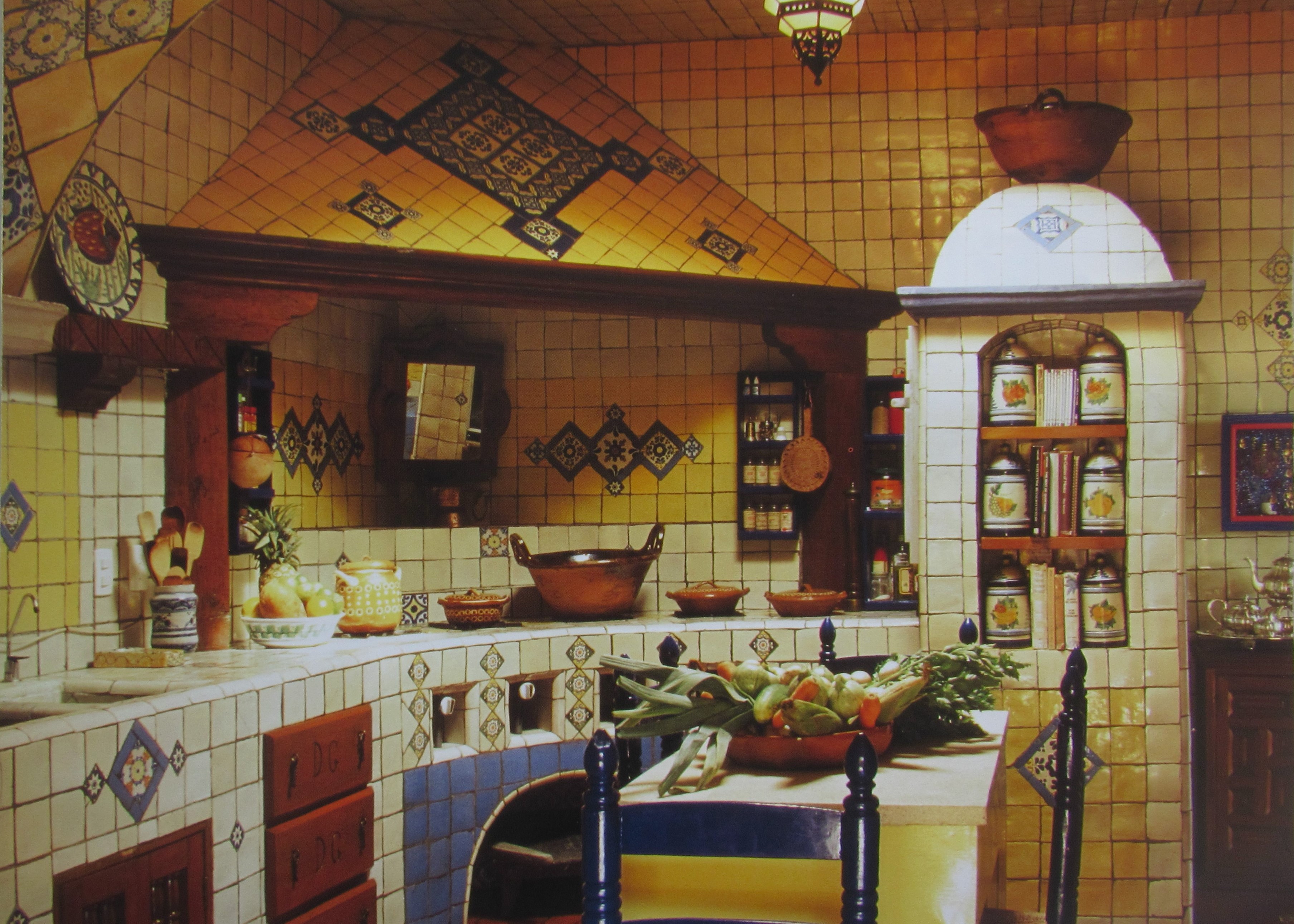Tag: São Paulo
-

a feminist kitchen? it’s all in the design
•
According to the Macmillan Dictionary, a kitchen is a room where you prepare and cook food, and wash dishes. The role and meaning of kitchens around the world is more varied and complex than this definition would have one believe, however. Ordering space through design is a key way in…
-
25 images of transition in brazil
•
I spent two and a half months working alongside various initiatives that were part of a larger Transition Brasilândia network while in São Paulo, Brazil. Brasilândia is located in the North East of the city, and a 2 hour and multiple bus ride away from the centre of São Paulo.…
-
environmental lessons
•
-Rosemary likes sunshine, so we planted it over there where it’ll get lots of it- Interwoven with observations about where the sun rises and sets, -it rises on that side and sets on that other one- an explorations of smells: of soil, of compost, -compost contains dung from a cow…
-
an ode to brasilândia
•
What is Brasilândia? A many layered thing- literally.A mix of textures, colours, sounds, “lá tudo nublado, aqui tudo colorido” as my host sister put it, The day she took me on a walk Through her colourful neighbourhood.A slice of life all in one short street.Where the church and local pub…
-
design ingredients for sustainable waste management – ii
•
“So how should a city’s waste management options be designed? Labels such as those of UCT’s campus receptacles and Hoan Kiem Lake’s bins would communicate the importance of both recycling and reducing one’s waste. The placement of these ideal designed options would consider where disposer traffic was likely to be…
-
design ingredients for sustainable waste management – i
•
“Urban areas concentrate not only economic and social production, but also waste production. Waste that is often addressed at the end of a long chain of actors- manufacturers, retailers, consumers, disposers, municipal councils, collectors, recyclers. And thus waste’s final destination and the impacts of the same are made invisible. The…